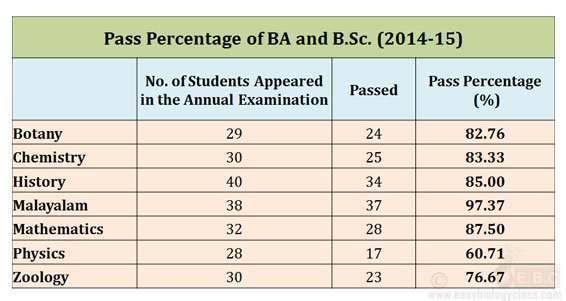

The descriptor MUST be a JSON object (JSON is defined in RFC 4627 ). # DescriptorĪ Table Schema is represented by a descriptor. In this document, we’ll explicitly refer to either the physical or logical representation in places where it prevents ambiguity for those engaging with the specification, especially implementors.įor example, constraints should be tested on the logical representation of data, whereas a property like missingValues applies to the physical representation of the data. We could say that the specification is about the logical representation of data, as well as about ways in which to handle conversion of a physical representation to a logical one. The logical representation of data refers to the “ideal” representation of the data in terms of primitive types, data structures, and relations, all as defined by the specification. This representation may have some type information (JSON, where the primitive types that JSON supports can be used) or not (CSV, where all data is represented in string form). The physical representation of data refers to the representation of data as text on disk, for example, in a CSV or JSON file. In order to talk about the representation and processing of tabular data from text-based sources, it is useful to introduce the concepts of the physical and the logical representation of data. To illustrate, here’s a classic spreadsheet table: field field tables in SQL databases, the field names are explicitly designated.

In case of tables in spreadsheets or CSV files we often interpret the first row as a header row, giving the names of the fields. We usually expect that each row has the same set of fields and thus we can talk about the fields for the table as a whole.
#TABULAR FORMAT MEANING PORTABLE#
Table Schema is well suited for use cases around handling and validating tabular data in text formats such as CSV, but its utility extends well beyond this core usage, towards a range of applications where data benefits from a portable schema format. Table Schema is a simple language- and implementation-agnostic way to declare a schema for tabular data. The key words MUST, MUST NOT, REQUIRED, SHALL, SHALL NOT, SHOULD, SHOULD NOT, RECOMMENDED, MAY, and OPTIONAL in this document are to be interpreted as described in RFC 2119 # Introduction The schema is designed to be expressible in JSON. Wednesday & 10C & 21C & Rain will still linger for the morning.A simple format to declare a schema for tabular data. Clear spellsĪcross most of Scotland and Northern Ireland,īut rain reaching the far northwest. Tuesday & 9C & 19C & Cloudy with rain, across many northern regions. However, the strong breeze will bring down the temperatures. Monday & 11C & 22C & A clear day with lots of sunshine. 2.8 Column specification using > \hlineĭay & Min Temp & Max Temp & Summary \\ \hline.2.3 Manually broken paragraphs in table cells.Thanks to the modular nature of LaTeX, the whole process can be automated in a fairly comfortable way. Once you are comfortable with basic LaTeX tables, you might have a look at more advanced packages or the export options of your favorite spreadsheet. However, first it is important to know the basics.

Basic tables are not too taxing, but anything more advanced can take a fair bit of construction in these cases, more advanced packages can be very useful. Keeping in mind that LaTeX is not a spreadsheet, it makes sense to use a dedicated tool to build tables and then to export these tables into the document. Mastering the art of table construction in LaTeX is therefore necessary to produce quality papers and with sufficient practice one can print beautiful tables of any kind. Tables are a common feature in academic writing, often used to summarize research results. Collaborative Writing of LaTeX Documents.Scientific Reports (Bachelor Report, Master Thesis, Dissertation).


 0 kommentar(er)
0 kommentar(er)
